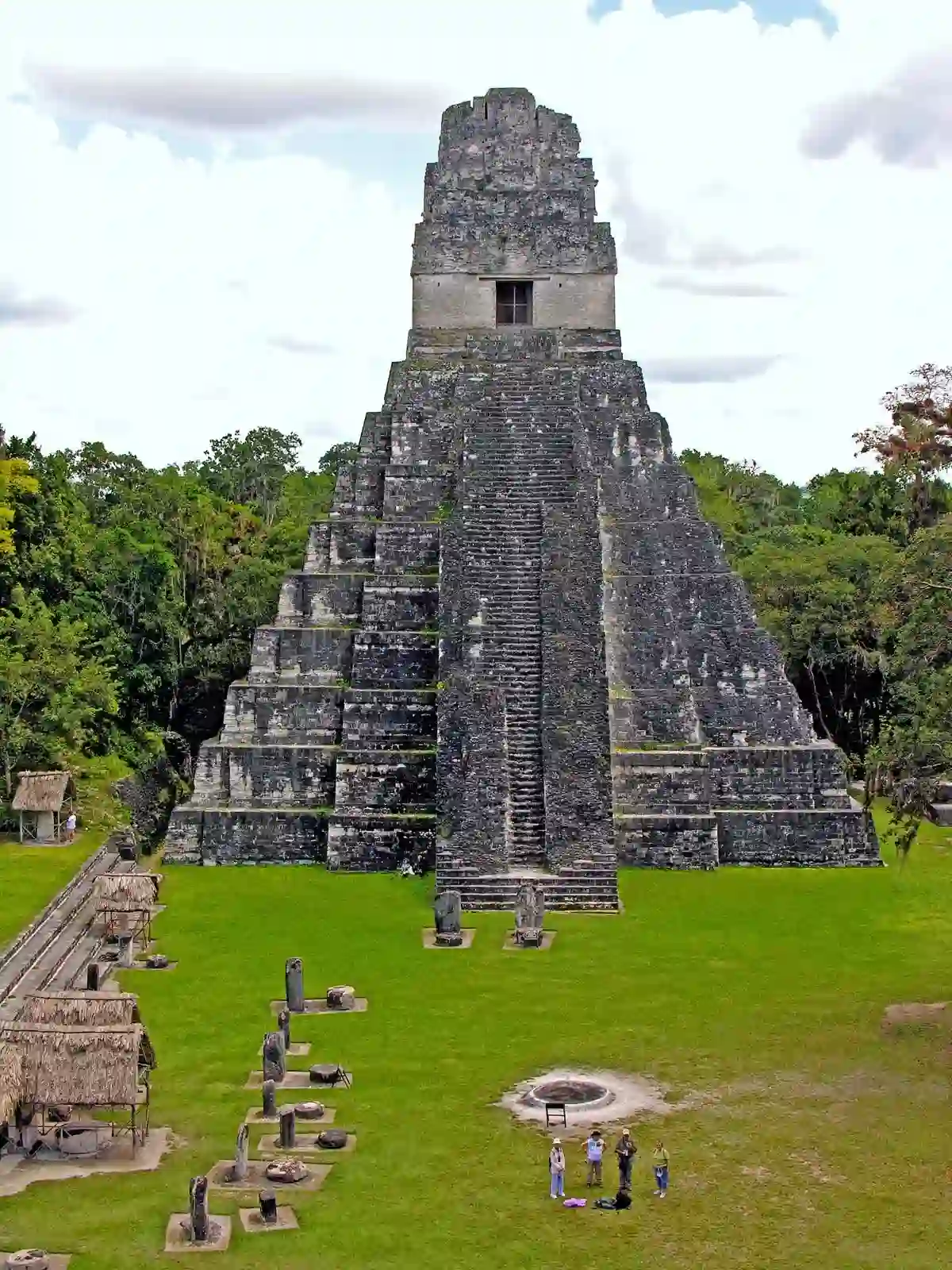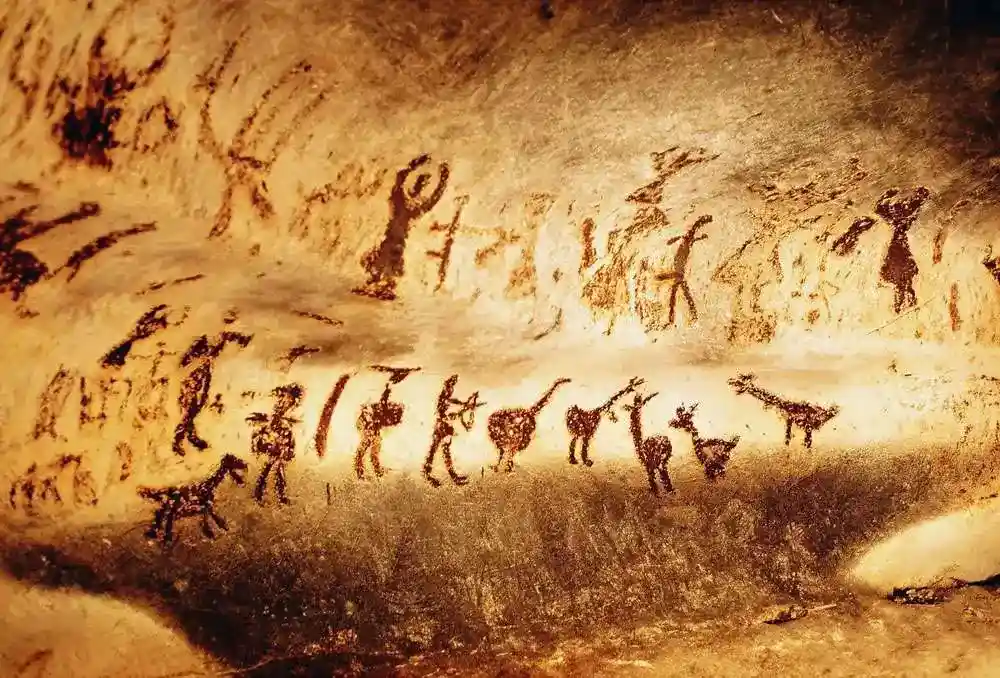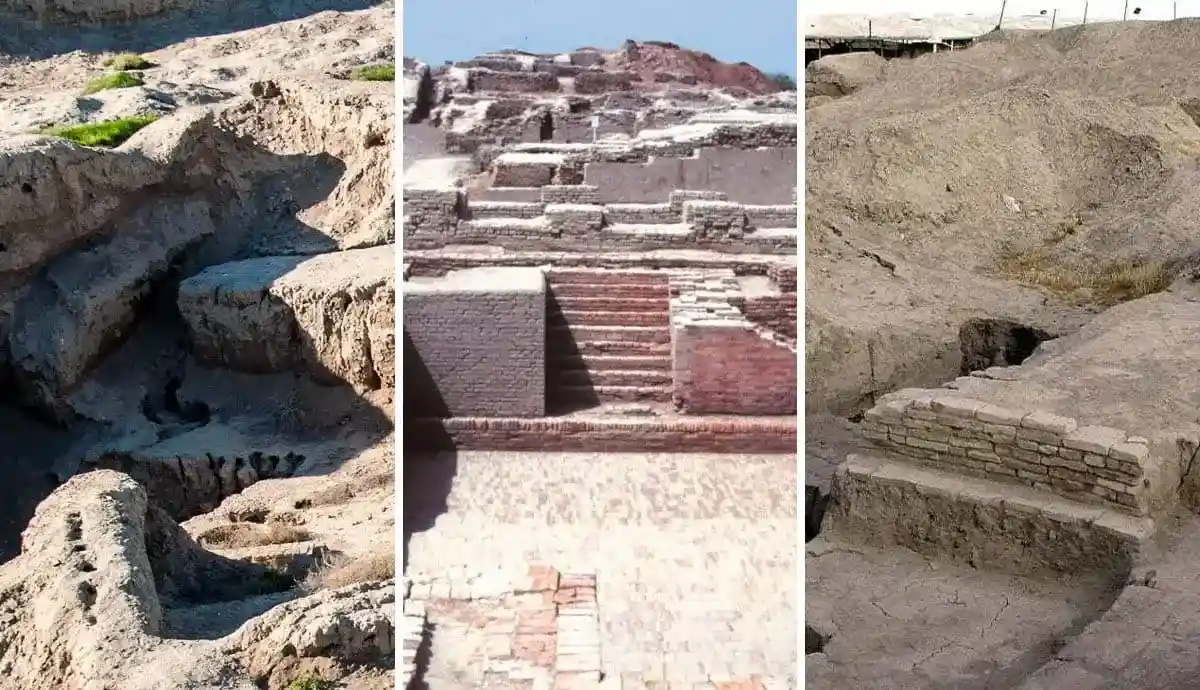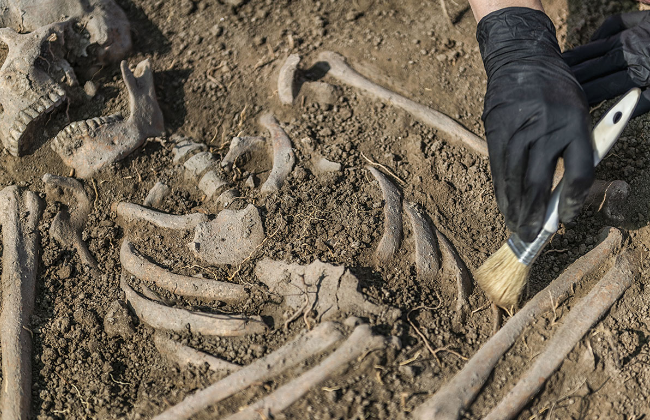Introduction
The Maya civilization stands as a testament to the ingenuity and cultural richness of ancient Mesoamerica. Flourishing between 2000 BCE and 1500 CE, the Maya people created a complex society that spanned vast regions of present-day Mexico, Guatemala, Belize, Honduras, and El Salvador. This article delves into the fascinating world of the Maya, exploring their achievements, cultural practices, architecture, and eventual decline.
The Rise of the Maya
- Origins and Early Development The Maya civilization traces its origins to the Preclassic period, around 2000 BCE. The Maya people began as hunter-gatherers and gradually transitioned to agriculture, cultivating maize, beans, and squash. By 1000 BCE, they had established permanent settlements and developed a sophisticated agricultural system.
- Political Organization and Social Structure The Maya society was structured hierarchically, with a ruling elite at the top, including kings and nobles. They governed city-states, each with its own distinct political system. Below them were the commoners, who were primarily farmers and artisans, and at the lowest stratum were slaves.
Achievements and Cultural Practices
- Science and Mathematics The Maya were renowned astronomers, accurately predicting celestial events and developing a complex calendar system. They also had a deep understanding of mathematics, including the concept of zero, which they incorporated into their elaborate numerical system.
- Writing and Glyphs The Maya developed one of the few fully developed writing systems in the ancient Americas. Their hieroglyphic script, consisting of intricate symbols, depicted historical events, religious ceremonies, and even personal names. Scholars have made significant progress in deciphering these glyphs, providing valuable insights into Maya culture.
- Art and Architecture Maya art was diverse and expressed through sculpture, ceramics, murals, and textile work. Their architecture was awe-inspiring, characterized by grand temples, palaces, and pyramids. Structures like the famous Tikal and Chichen Itza serve as testaments to their engineering skills and religious beliefs.
The Decline of the Maya
- Environmental Factors One prevailing theory suggests that environmental degradation played a role in the decline of the Maya civilization. Deforestation, soil erosion, and drought may have contributed to food scarcity and social unrest.
- Warfare and Political Instability Intercity warfare among Maya city-states increased during the Late Classic period. Internal conflicts and power struggles weakened the region as a whole, making it susceptible to external invasions.
- Abandonment of Cities In the 9th and 10th centuries CE, many Maya cities were mysteriously abandoned. The reasons behind this mass exodus remain a subject of debate, with theories ranging from political collapse to the collapse of trade networks.
Legacy and Modern Understanding
Despite the decline of the civilization, the Maya’s influence and legacy endure to this day. Many of their cultural practices, such as language, religious beliefs, and agricultural techniques, have been preserved by their modern-day descendants. Additionally, ongoing archaeological research continues to shed light on the complexities of the Maya civilization, deepening our understanding of their history and achievements.
Conclusion
The Maya civilization stands as a remarkable testament to the intellectual and cultural achievements of ancient Mesoamerica. From their remarkable advancements in science, mathematics, and writing to their breathtaking architecture, the Maya left an indelible mark on human history. While their decline remains a subject of inquiry, their enduring legacy continues to captivate and inspire people around the world, ensuring that the Maya civilization will never be forgotten.
![]()





